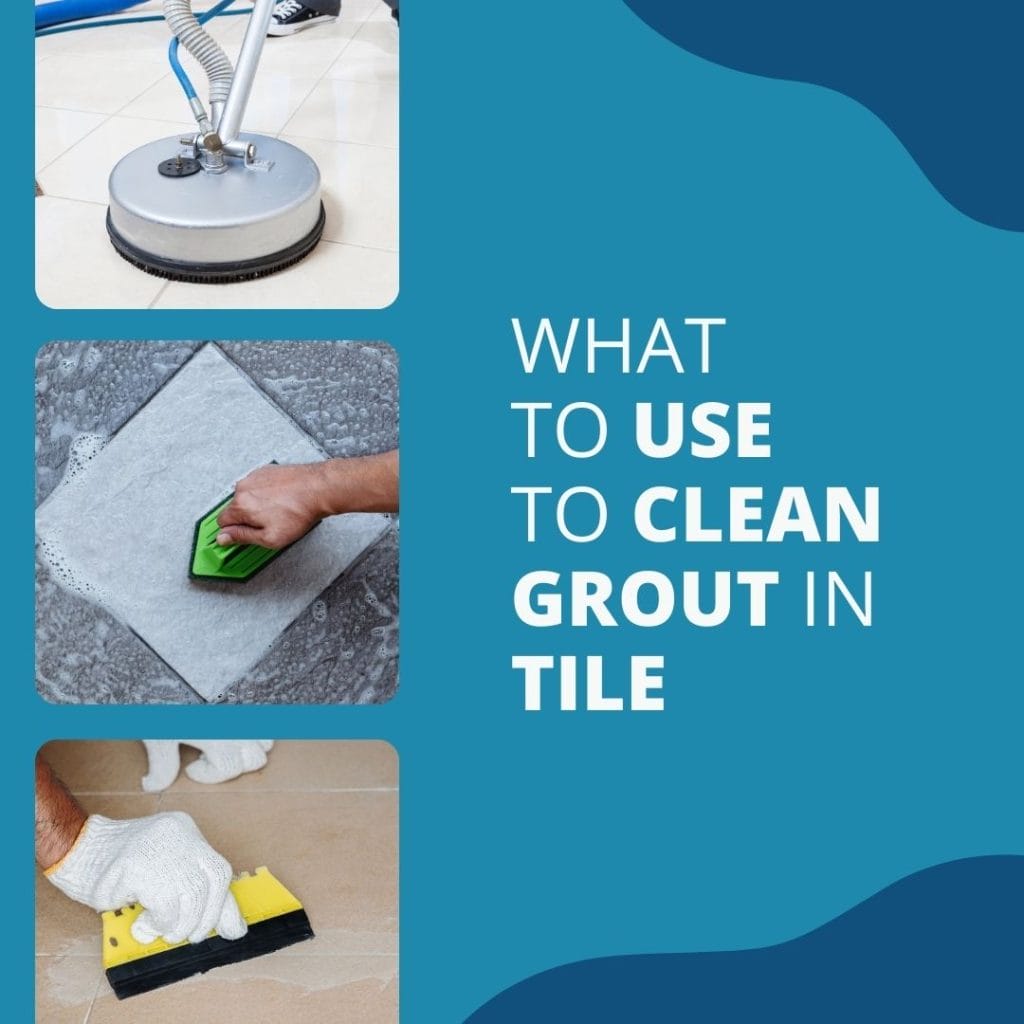Wood walls hold a timeless beauty and warmth, making them a cherished element in interior design. Their natural grains, textures, and colors breathe sophistication and comfort into any space. In addition to their visual allure, they instill a sense of coziness that can transform a building into a home. However, to maintain their aesthetic appeal and durability, it’s crucial to properly clean and care for them. In this article, we will learn how to clean wood walls and provide methods and techniques to help maintain the charm and appeal of your wooden interior spaces.
Understanding Wood Surfaces
Wood paneling walls come in various types, each offering unique aesthetics and characteristics. Common woods include pine for a rustic feel, oak for durability, cedar with its aromatic properties, luxurious walnut, and the clean appearance of maple. Identifying your wood type is essential for tailored cleaning.
Equally crucial is recognizing the finish on your wood walls:
- Stained Finish: Enhances color; requires specific cleaning considerations.
- Clear Finish (Varnish/Polyurethane): Adds protection; influences suitable cleaning methods.
- Painted Finish: Aesthetic choice; demands careful cleaning to avoid damage.
Knowing your wood type and finish is key to preserving its beauty and choosing cleaning methods that maintain both the wood’s integrity and its protective coatings.
How to Clean Wood Walls
Preliminary Steps
Before cleaning your wood walls, clear the space by removing wall decor and furniture. Use a soft, dry cloth or a vacuum with a brush attachment to remove loose particles. Check for scratches or stains to tailor your cleaning approach. Understanding your wood type and finish is crucial for effective cleaning. Gather this information before you begin to ensure the best results.
Gentle Dusting and Dry Cleaning wood paneling walls
Using Dry microfiber cloth
For regular upkeep, use a dry microfiber cloth and light pressure to maintain the wood’s natural oils and shine, similar to the method described in our article on using Swiffer on vinyl plank flooring. Avoid excessive force to prevent scratches. When using chemical solutions, wear protective gear for safety. Proper care ensures your wood walls retain their natural beauty and warmth for years.
Vacuuming Intricate Details
Wood panel walls, particularly those with ornate carvings and intricate details, require a little extra attention during cleaning. The nooks and crevices can often trap dust particles that are hard to reach with regular cleaning methods. Here’s where a vacuum with a soft brush attachment comes into play.
Soft Brush Attachment for Vacuum Cleaner
Vacuum cleaning should be handled with care when it comes to intricate details on wood walls, as elaborated in our guide to cleaning hard-to-reach vents. Opt for a low or medium suction setting to avoid any accidental damage. Using a soft brush attachment, gently sweep over the ornate areas, ensuring the brush reaches into tiny crevices to dislodge dust. Focus on carvings, corners, and edges where dust typically gathers. Always use outward motions to avoid pushing dirt further in. Careful vacuuming upholds the cleanliness and elegance of your wood walls.
Homemade Wood Wall Cleaning Solutions
Despite the availability of commercial wood cleaners, homemade solutions often prove equally effective and budget-friendly. Here are a few DIY wood wall-cleaning recipes:
- Vinegar and Water: A mixture of white vinegar and water offers an easy and cost-conscious method for cleaning wood walls, complementing the methods in our tile grout cleaning solutions article. Dip a slightly wet soft cloth in the solution, and gently wipe the wall, keeping it damp but not soaked. Always do a spot test first to avoid discoloration.
- Olive Oil and Lemon Juice: An excellent option for a gleaming touch, this blend uses lemon juice’s citric acid for cleaning and olive oil for nourishment and polish. Mix two parts of mineral oil with one part of lemon juice. Lightly apply it to the wood using circular movements with a soft cloth. Buff with a dry, clean cloth after application, and be mindful to avoid excessive use, which could leave a greasy residue.
- Tea: Surprisingly, tea can be used to enhance the color of wood walls. The tannic acid in tea interacts with the wood, revitalizing its color and highlighting its natural grain, much like the techniques discussed in our hardwood floor staining guide. Brew a strong pot of tea, let it cool, then apply it to your wood walls in a circular motion with a soft cloth on your wall, following the direction of the wood grain. Thoroughly wring out your clothes to avoid excess moisture, and always do a test in an inconspicuous area first to ensure the color change suits your preference.
Choosing Commercial Wood Cleaners
When you prefer a ready-made solution, there’s a wide range of commercial wood cleaners designed to effectively clean and protect your wood walls. Some popular choices include:
- Murphy’s Oil Soap: A plant-based, safe-for-all-wood-finishes cleaner that efficiently removes dirt and grime.
- Howard Orange Oil Wood Cleaner: Known for its rejuvenating properties, this cleaner contains natural orange oil that restores vibrancy to your wood walls.
- Method Wood Cleaner: A non-toxic, biodegradable, and almond-scented solution that cleans and polishes without leaving residues.
- Weiman Hardwood Floor Cleaner: Though a floor cleaner, it’s also excellent for wood walls. It’s a pH-neutral, biodegradable solution that deeply cleans, shines, and restores wood finishes.
Targeted Stain Removal
Removing Water Stains
Water stains can mar the beauty of your wood wall panels. However, a homemade remedy of equal parts non-gel toothpaste and baking soda can effectively address this issue. Gently rub this paste in circular movements onto the stain with a soft cloth, let it sit for a few minutes, then wipe clean. Always conduct a patch test first to avoid potential damage from the abrasive baking soda.
Tackling Grease Stains
Grease stains on wood walls can be effectively managed with a mix of vinegar and warm water. Vinegar, a natural degreaser, teamed with water, can dissolve grease without damaging the wood finish. Gently apply this solution to the stain using a soft cloth and circular movements. Ensure you avoid soaking the wood to prevent damage. Dry the area with a clean dry cloth and continue this process until the stain is completely gone. Always test this first on an inconspicuous area to ensure it doesn’t discolor or damage your wood.
Dealing with Stubborn Stains and Mold
Stubborn Stains Techniques
For persistent stains that resist standard cleaning techniques, Using fine steel wool or sandpaper could be a last resort for persistent stains, similar to the approach in our refinishing bamboo flooring guide. Gently scrub with the grain of the wood to mitigate the risk of scratches. Be aware, this method may remove the finish and necessitate sanding and re-finishing, moving from coarse to fine paper to achieve a smooth result. Ensure adequate protection for yourself and your environment due to risks associated with dust and harsh chemicals.
Mold Removal
Mold can pose a serious problem for your wooden walls. To remove it, mix one part bleach with three parts water, and apply it to the affected hidden area with a sponge. Let the solution sit on a surface for a few minutes, then scrub with a soft brush until the mold is gone. Be sure to wear protective clothing, and ventilate your space well when using bleach.
Waxing and Polishing
Applying Wood Wax
Wood wax acts as a shield, safeguarding the wood from moisture and dirt while highlighting its inherent patterns and grains for a radiant finish. Clean and dry the surface before applying a minute amount of wax in line with the wood grain. Let it dry as per the recommended time, and then lightly polish with a clean dry cloth for a vibrant, polished finish.
Homemade Polish
For a green and safe choice, consider making a homemade polish from natural ingredients. Melt 1/4 cup of beeswax, stir in a cup of lemon oil until well mixed, and let it cool. Use it just like a commercial wax to give your wood a nourishing glow, making it perfect for eco-friendly homes.
Seasonal Maintenance for Wood Paneling Walls
Seasonal maintenance is vital for preserving the beauty and longevity of your wood panels. Environmental changes, especially with the shifting seasons, can impact wood, making regular upkeep essential.
Spring: As spring introduces moisture and humidity, check wood walls for water damage or mold. Employ targeted stain and mold removal techniques. Apply a fresh coat of wax to shield wood from summer sun exposure.
Summer: Protect wood from excessive heat and direct sunlight during summer. Use blinds or curtains for sun protection and consider applying a UV-protectant sealant for constant sunlight exposure.
Autumn: Maintain stable indoor temperature and humidity in autumn to prevent wood expansion or contraction, reducing the risk of warping or cracking. Utilize dehumidifiers and your home’s heating system.
Winter: Combat dry winter air that can cause wood panels to lose moisture, leading to brittleness. Use a humidifier to maintain suitable humidity levels. Regularly dust and clean wood walls and apply an extra layer of wax or polish if needed.
Consistent seasonal care ensures your wood paneling walls withstand environmental variations, remaining both aesthetically pleasing and structurally sound.
Conclusion
Wood paneling walls for small areas require diligent care to maintain their aesthetic and durability. Through cleaning of wood paneling, targeted stain removal, and seasonal maintenance, their life span can be extended significantly. Avoid common mistakes such as over-wetting and using harsh cleaning agents to prevent damage. Ultimately, proper techniques and regular upkeep are the keys to preserving the beauty and longevity of your wood walls.











